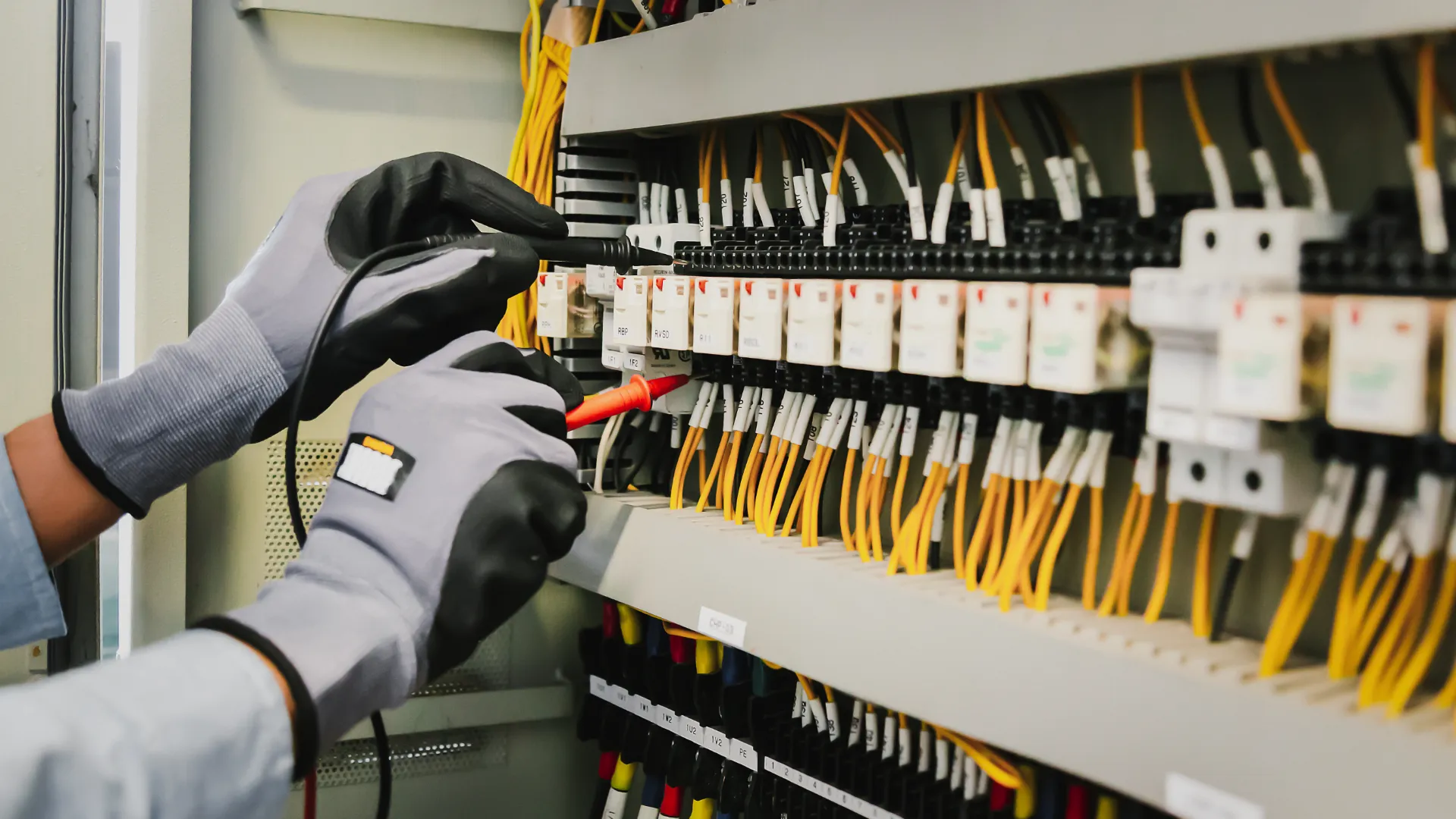Introduction
Domestic rewiring is a crucial aspect of maintaining a safe and efficient home electrical system. Whether it’s for renovation, safety upgrades, or to meet current electrical standards, mastering the art of rewiring requires adherence to best practices and safety protocols. This article provides insights into the essentials of domestic rewiring, ensuring homeowners and electricians alike can approach this task with confidence and expertise.
Understanding the Need for Rewiring
Rewiring a home is often necessary to replace old, outdated wiring systems that pose safety hazards or fail to meet current electrical demands. It involves removing all the old wires and fittings and replacing them with new, compliant materials. This process not only enhances safety but also improves the efficiency and capability of the home’s electrical system.
Best Practices in Domestic Rewiring
- Planning and Assessment: Before starting, assess the current electrical system and plan the rewiring thoroughly. This includes deciding on the number of sockets, switches, and the layout of the wiring.
- Compliance with Regulations: Ensure all work complies with the latest wiring regulations and building codes. This is crucial for both safety and legal reasons.
- Using Quality Materials: Invest in high-quality wiring materials and components that meet safety standards. Compromising on quality can lead to safety hazards.
- Professional Inspection: Even if you do some work yourself, have a certified electrician inspect and certify the installation. This ensures everything is up to standard.
Safety Tips for Domestic Rewiring
- Turn Off Power: Always ensure the main power supply is turned off before starting any rewiring work. This prevents the risk of electric shocks.
- Use Proper Tools: Employ the right tools for rewiring tasks, such as insulated screwdrivers and wire strippers, to ensure safety and efficiency.
- Avoid Overloading Circuits: Be mindful of the load on each circuit. Overloading can lead to tripped breakers and potential fire hazards.
- Labeling and Testing: Clearly label all wires and circuits during installation and conduct thorough testing post-installation to ensure everything is working correctly.
Conclusion
Mastering domestic rewiring is about balancing functionality, safety, and compliance with regulations. By following best practices and prioritizing safety, homeowners and electricians can ensure that rewiring projects not only enhance the home’s electrical system but also maintain a safe living environment.

